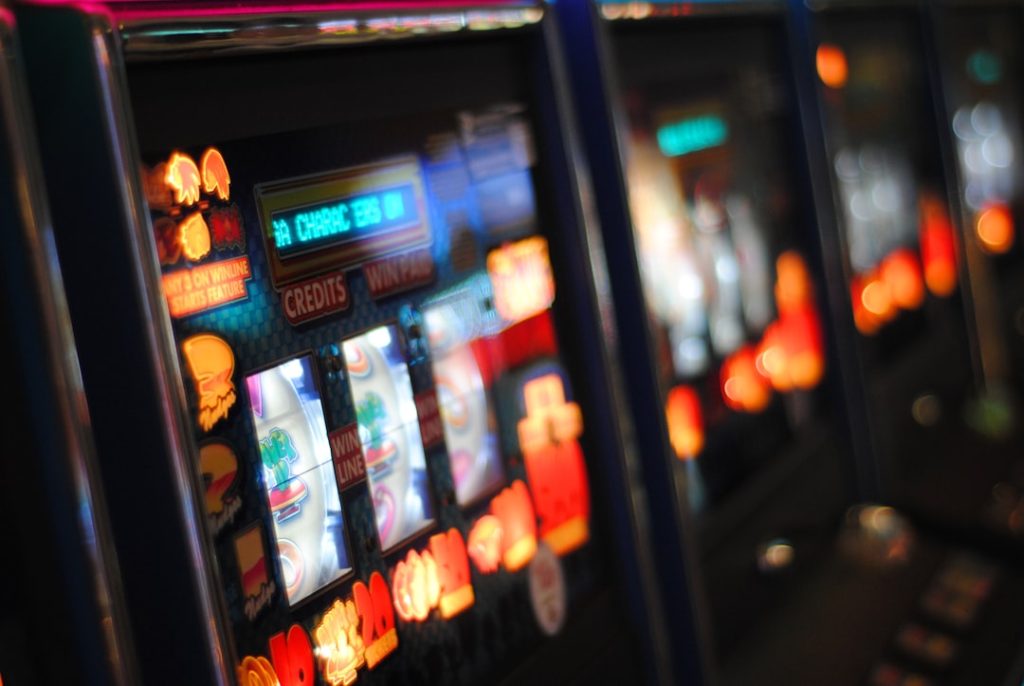Whether you’re spinning the reels on a slot machine, placing a bet at a sportsbook, or sitting down at a casino table game, there’s one statistic that’s constantly working behind the scenes: hold percentage. For many, this number is a mystery, but it’s one of the most important concepts to understand if you want to make informed decisions with your money. Hold percentage doesn’t just impact the casino’s revenue—it affects your experience, your budget, and potentially, your winnings.
What Is Hold Percentage?
Hold percentage, often simply called the hold, is the portion of money wagered that a casino or operator retains as profit over time. In mathematical terms, it is:
Hold % = (Amount Retained / Total Amount Wagered) × 100
For example, if players collectively wager $1,000,000 on a slot machine in a month and the machine pays out $900,000 in winnings, the hold percentage is:
($1,000,000 – $900,000) / $1,000,000 = 10% hold
The higher the hold percentage, the more aggressively the house collects money on each wager over time. But don’t confuse it with house edge—they’re closely related but not the same.
Hold Percentage vs. House Edge
These two terms are often used interchangeably, but they aren’t identical. The house edge is a theoretical figure describing the long-term advantage the house has over players, while hold percentage reflects real player behavior over a given timeframe.
- House Edge: Based on mathematical calculations over an infinite number of bets.
- Hold Percentage: Based on actual performance, fluctuating with bet size, time spent, and player behavior.
In sports betting, for example, the house edge is derived from the vig or “juice” baked into the odds. The hold, on the other hand, measures what percentage of money the sportsbook keeps after all winning bets are paid out.
Why Should You Care About Hold Percentage?
At first glance, you might think hold percentage is simply a concern for the casino’s accounting department. But here are the key reasons why understanding this percentage matters for every player:
- It Determines Your Expected Loss: A higher hold means you’re statistically losing more money per session.
- It Reflects Game Fairness: While all casino games favor the house, games with lower holds are usually more “player-friendly.”
- It Affects Long-Term Enjoyment: Lower hold percentages can allow you to play longer—ideal if you’re playing for entertainment rather than profit.
Let’s break down how this plays out across different gaming formats.
Slot Machines and Hold Percentage
Slot machines often feature one of the highest hold percentages in the casino. This is partly due to their fast pace and high volatility, which can lead players to wager large amounts in a short period.
In a typical casino, slot machines may have a hold ranging from 4% to 15%, depending on location and betting volume. A machine with a high hold will statistically take more money over time from players compared to one with a low hold.

Here’s how it might affect you:
- High Hold Machines: Quick losses, fewer bonus rounds, and shorter playtime.
- Low Hold Machines: Smoother loss curves, more wins to encourage continued play, and longer sessions.
Smart slot players often seek out games with lower published hold percentages. Though this data isn’t always easily available, some jurisdictions like Nevada publish reports showing average holds across casinos.
Table Games and Hold Percentage
With table games, the hold percentage is heavily influenced by player decisions. For instance, blackjack has a low house edge (around 0.5% if played perfectly), yet the hold percentage recorded by casinos might be closer to 10%.
This discrepancy exists because:
- Players make errors that increase the house’s advantage.
- Time spent playing and bet sizing add up.
- The hold is based on total buy-ins, not the actual win/loss for every hand.
In contrast, games like roulette or baccarat tend to produce hold percentages that more closely align with their built-in house edge because they involve less player decision-making.
Sports Betting and Hold Percentage
In sports betting, the concept of hold plays a subtle but significant role. The sportsbook builds its profit margin into the odds it sets.
For example, on a standard moneyline with -110 odds on both teams, bettors must wager $110 to win $100, regardless of the outcome. This is where the “vig” generates a hold for the sportsbook. Over time, this might translate to a hold percentage of 4% to 8%, depending on how balanced the action is and how efficient the lines are.

Savvy bettors aim to overcome the hold by finding value bets—situations where the fair odds are better than those being offered. The higher the hold, the more difficult this becomes.
Online vs. Land-Based Casinos
Interestingly, online casinos often offer lower hold percentages than their brick-and-mortar counterparts. Thanks to lower overhead costs, online operators frequently provide games with better return-to-player (RTP) percentages. For example:
- The RTP for online slots can be as high as 98%, compared to 85–90% at some physical casinos.
- Online blackjack variants may offer near-perfect conditions for card counting and optimal play, reducing hold significantly.
Still, the convenience of playing online comes with its own risks. Easy access and fast gameplay can increase the amount wagered, which could lead to higher losses even with better odds.
Tips for Managing the Hold Against You
Now that you understand hold percentage more deeply, how can you use this knowledge to reduce its impact on your bankroll?
1. Choose Games With Lower Holds
Typically, games like blackjack, video poker, and baccarat have lower house edges—and therefore lower holds—when played wisely. Learn the basic strategies and stick to them.
2. Avoid High-Volatility, High-Hold Games
Some modern slot machines may be thrilling to play but come with punishing hold percentages. If you’re looking to make your session last longer, these might not be your best bet.
3. Track Bonus Offers & Promotions
While these don’t reduce the hold directly, they do provide additional value over time that may help offset losses.
4. Manage Time and Bet Size
Even with a low hold percentage, high volumes of play will eventually erode your bankroll. Set time and money limits in advance.
Final Thoughts
Although it’s easy to overlook, the hold percentage is one of the fundamental statistics influencing how much you win—or more likely, lose—when you gamble. It shapes the design of games, the math behind your favorite slots, and the pricing of sports odds. By understanding what the hold percentage is and how it operates across different types of games, you can make smarter gambling choices, reduce unnecessary losses, and ultimately enjoy a more sustainable gaming experience.

Remember: Sometimes the best bet is knowing when not to play. Keep the hold in mind, and you’ll already be smarter than most players in the room.
